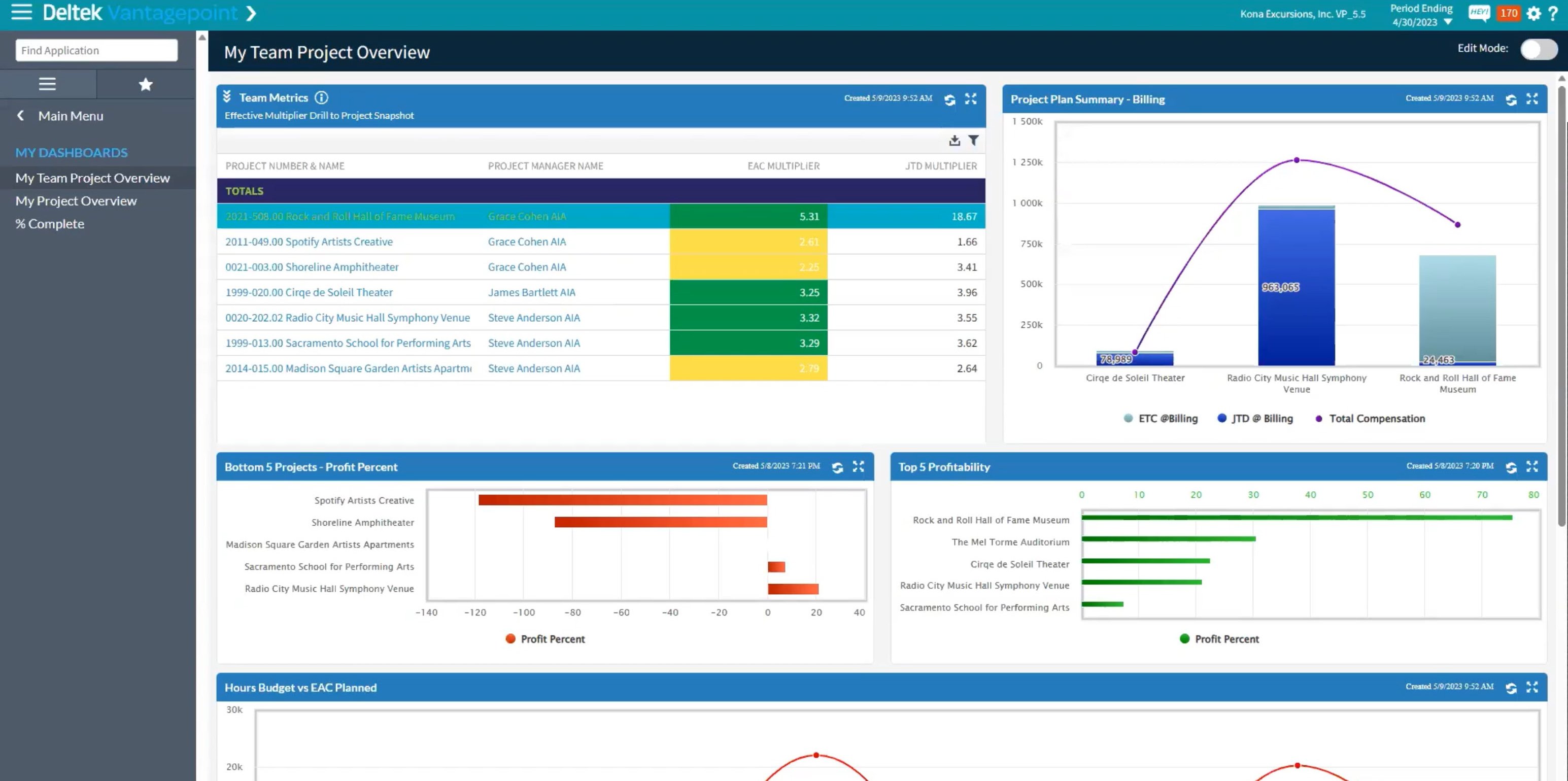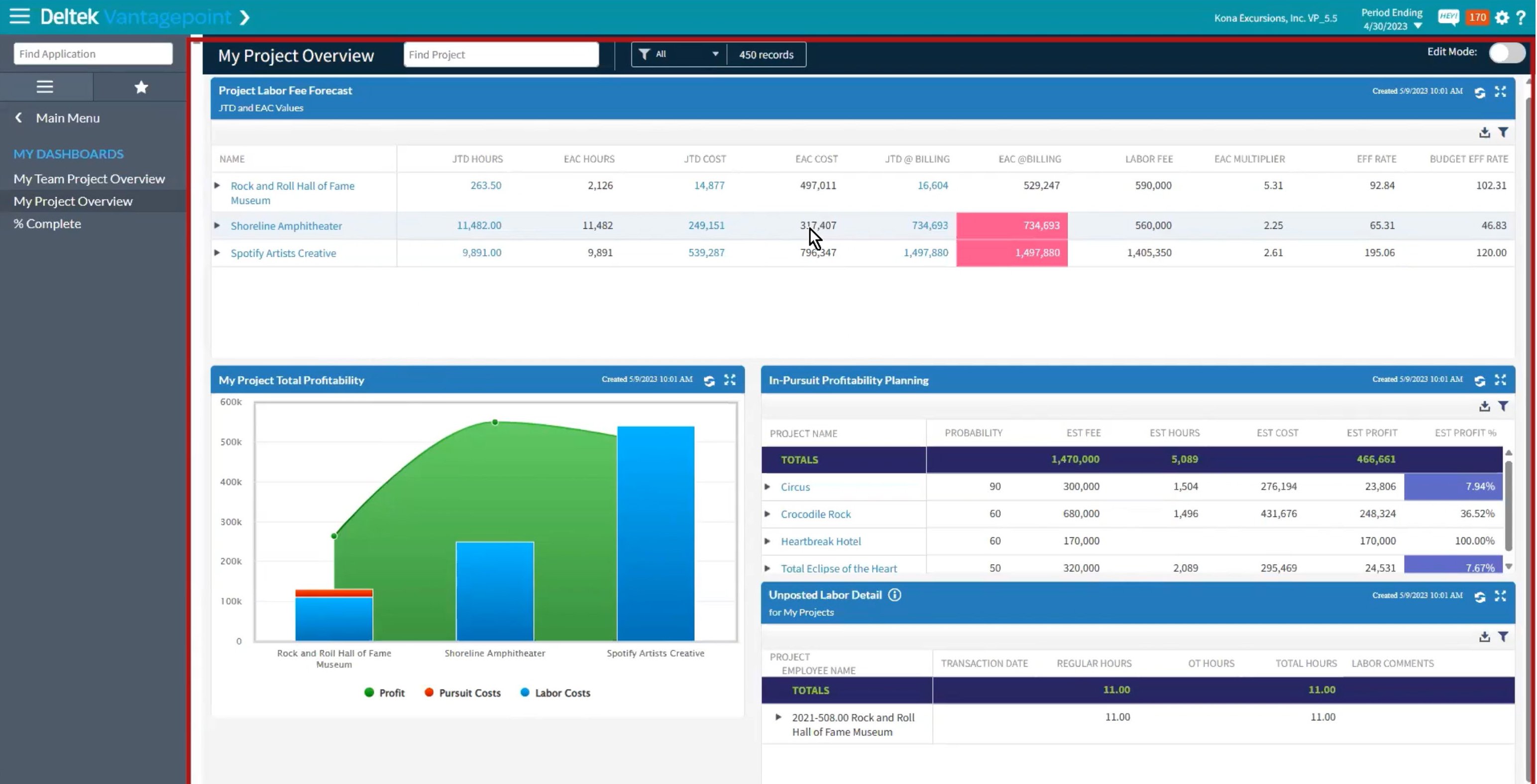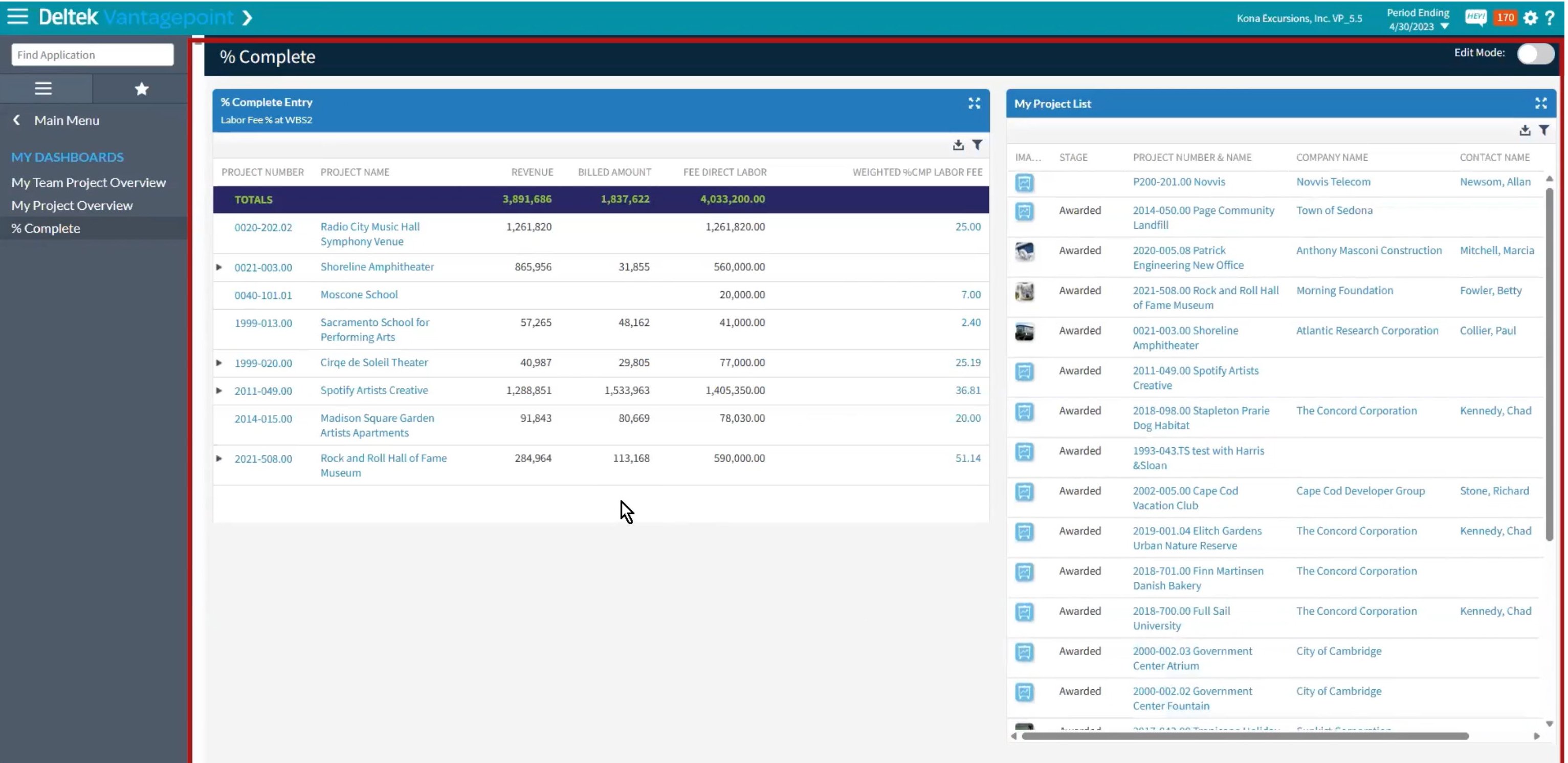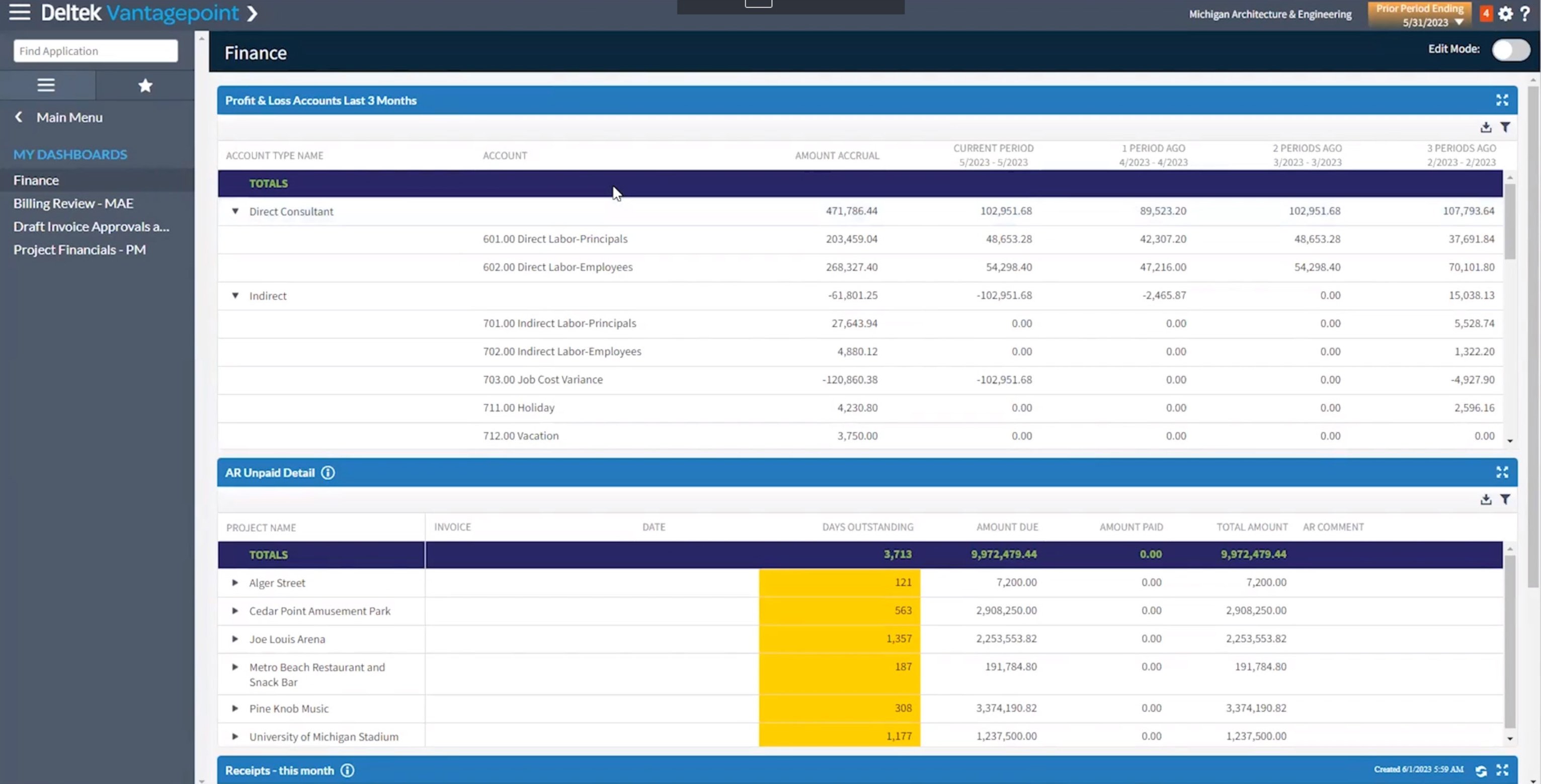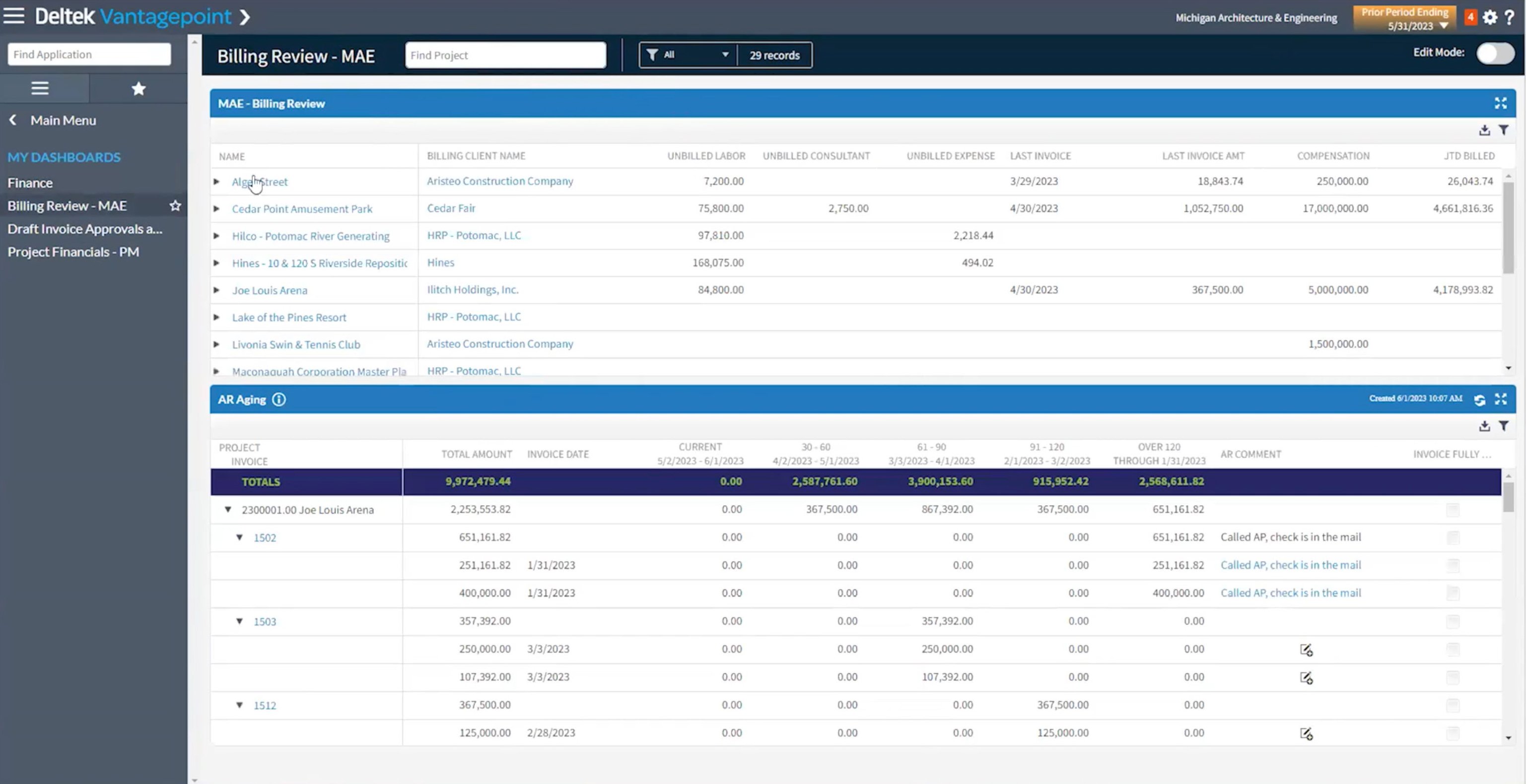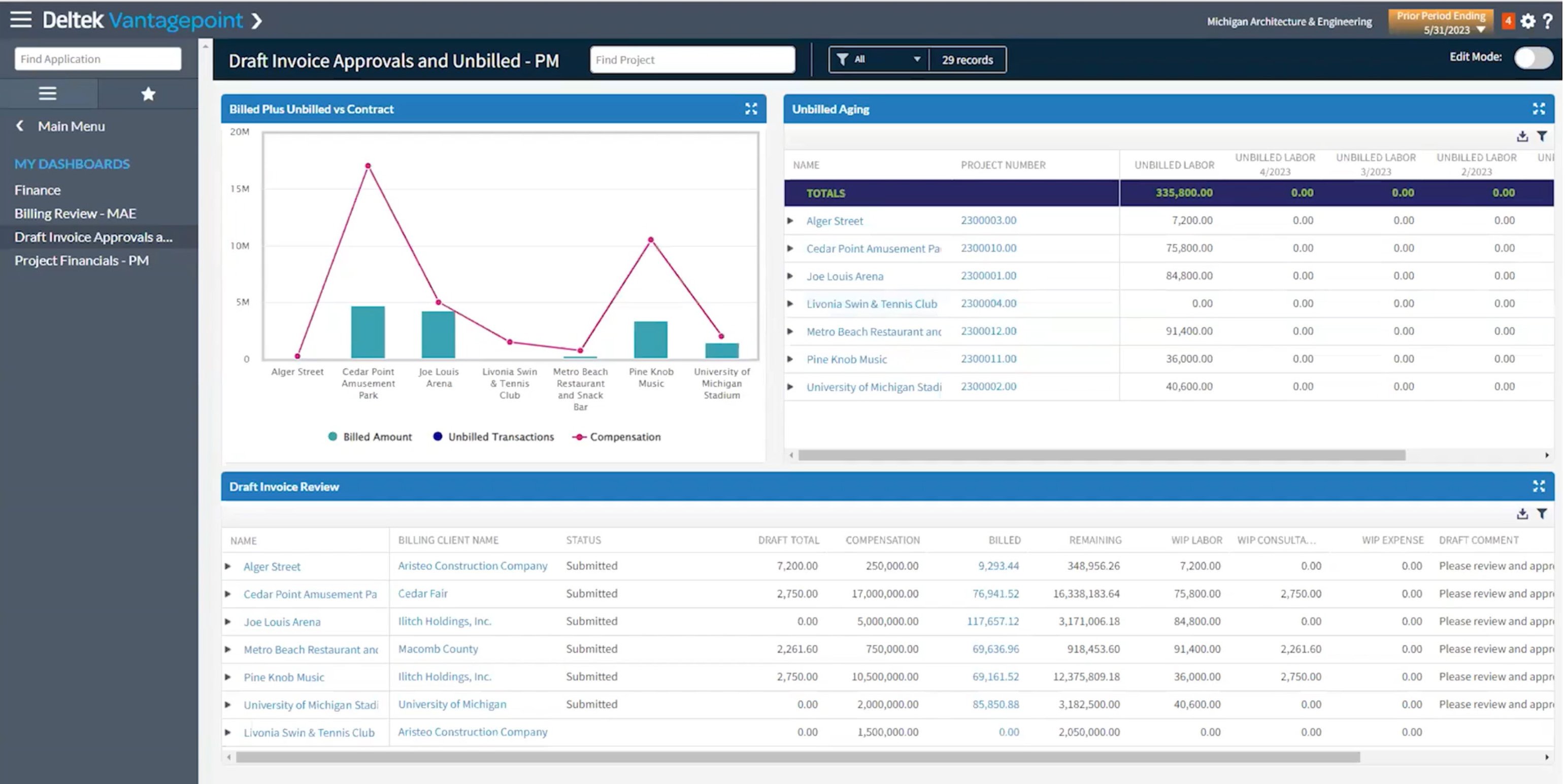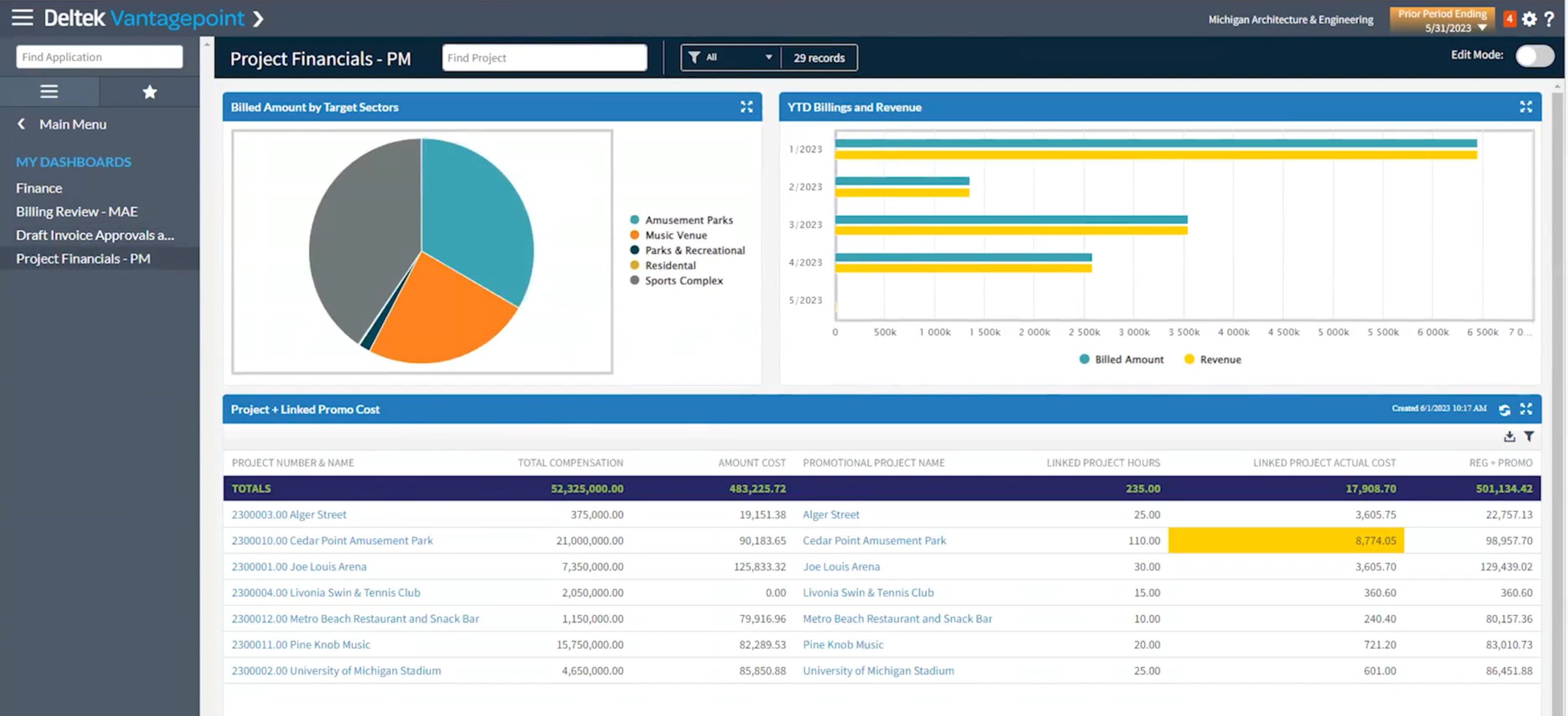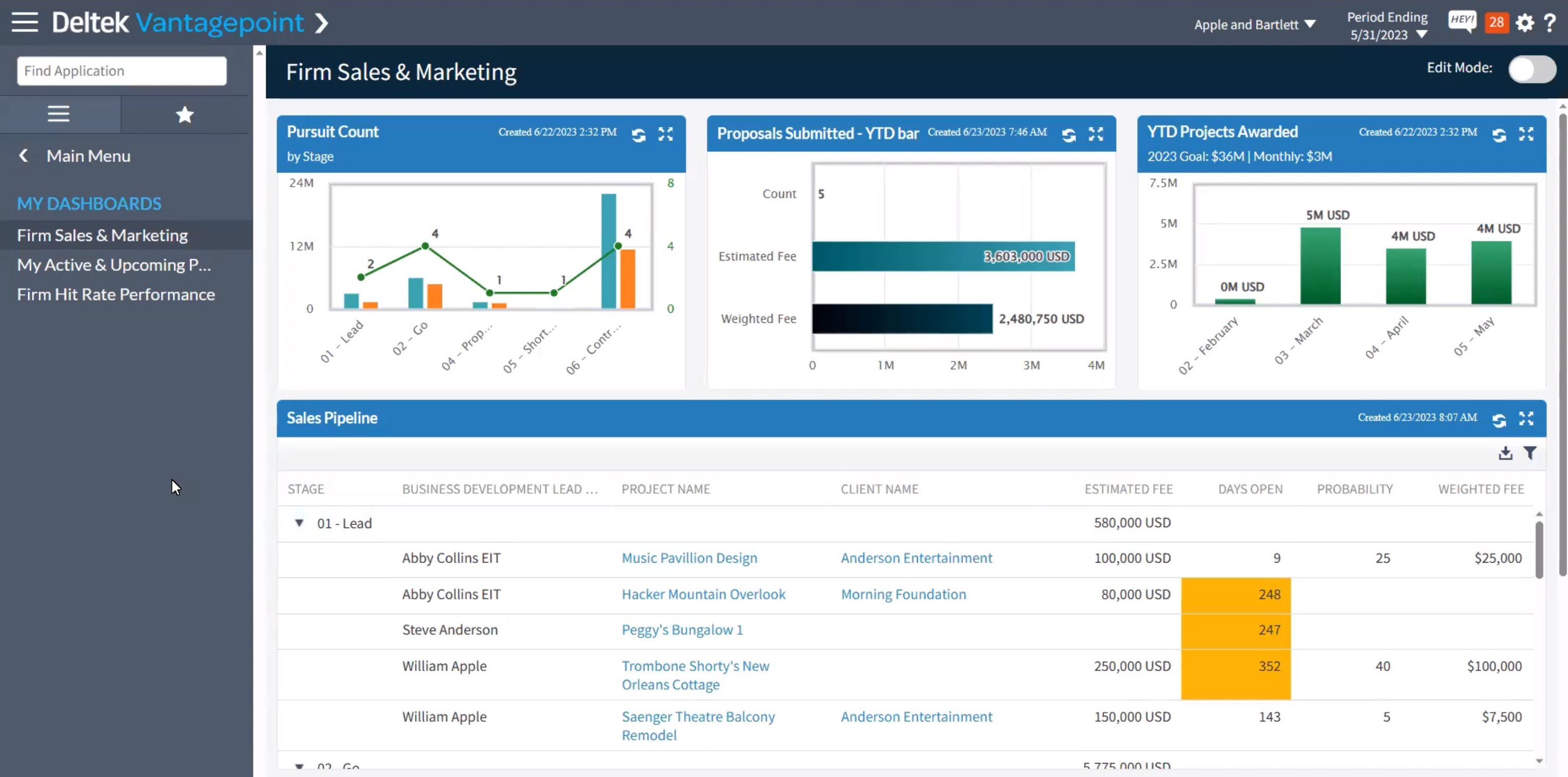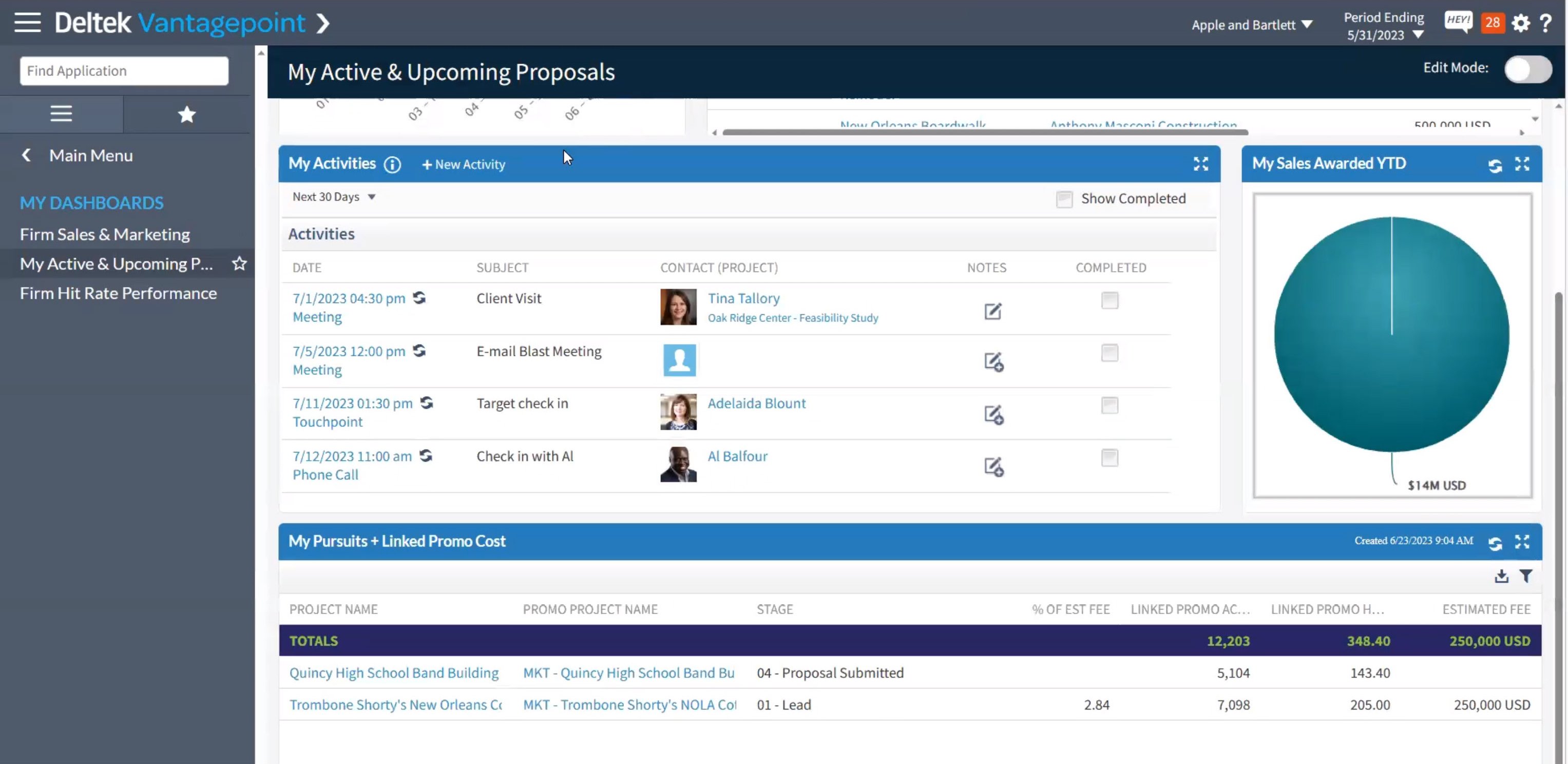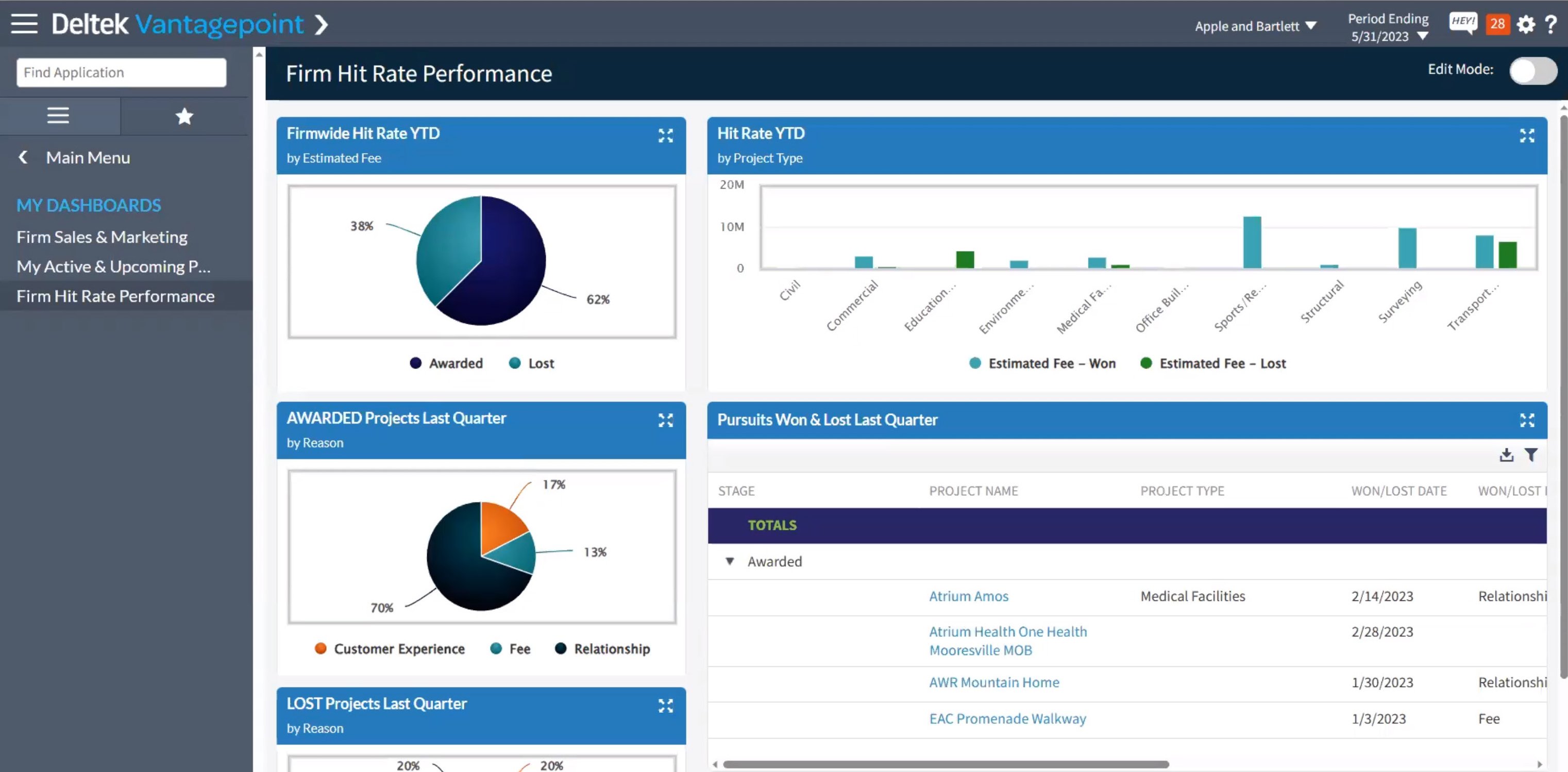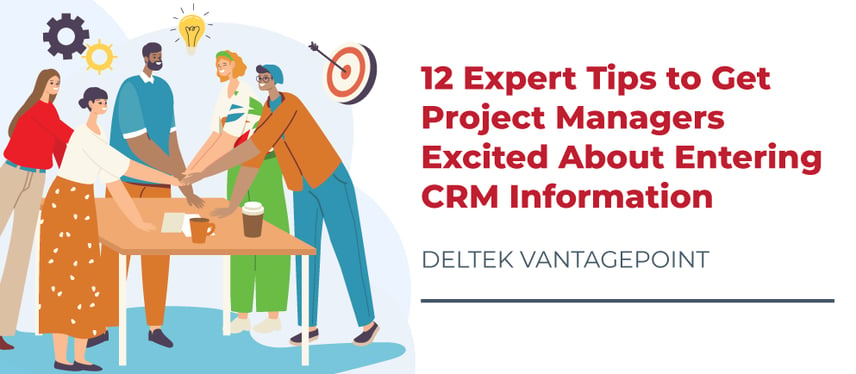How to Set a Competitive Budget for Professional Services

The year is 2025. AI is mainstream. Buyer behavior has changed. And firms that are still using their 2019 marketing playbook—or worse, a budget built on “we’ve always done it this way”—are already falling behind.
If you’re a marketing or firm leader staring at a spreadsheet trying to justify budget requests, you’re not alone. And if you’re still cobbling together tactics that might have worked last year, it’s time to trade in the guesswork for something stronger: research-backed strategy.
Let’s break down how to set a competitive, results-driven marketing budget for your professional services firm—without burning through dollars on outdated efforts.
1. Start with Research, Not Assumptions
One of the most telling findings from the 2025 Deltek AEC Clarity Report is this: high-performing firms are more likely to use data and analytics to drive decision-making. Yet, only 34% of firms reported using CRM and marketing data to inform their BD strategies.
Research isn’t optional—it’s your competitive edge.
In fact, studies by Hinge Marketing show that firms conducting frequent research (at least quarterly) grow 10X faster and are twice as profitable than those that skip it.
Don’t guess what worked last year. Pull your CRM reports. Review marketing metrics. Survey clients. And assess which efforts brought in leads, moved opportunities forward, and converted to wins.
2. Narrow Your Targets (No More Spray-and-Pray)
Trying to market to everyone usually results in connecting with no one.
The most effective firms invest their limited resources in a focused set of target clients and pursuits. According to the 2025 Clarity Report, the top business development challenge cited was identifying new prospects, yet only 38% of firms reported having a defined go/no-go process.
Now is the time to:
- Audit your current client list for commonalities (size, sector, service line, etc.)
- Use CRM and financial data to find which client types bring in the most profit
- Prioritize ideal clients that align with your strategic growth goals
Pro tip: Don’t just define your ideal clients—also define who you don’t serve. It’ll keep your spend efficient and your messaging crystal clear.
3. Shift Budget Toward Online (It’s Where the Buyers Are)
Tradeshow booths and sponsorships still have a place, but they shouldn't dominate your spend. Online lead generation is more scalable, cost-effective, and measurable.
Yet many AEC firms are still overinvested in traditional tactics. According to the 2025 Deltek AEC Clarity Report, the top three areas of marketing spend were:
- Proposals and pursuits
- Conferences and tradeshows
- Website and digital marketing
While proposals and events remain vital, there's a growing intent to shift more budget toward digital—but execution often lags due to limited staff capacity and technology gaps.
Rebalance your budget with a tilt toward:
- Website and SEO improvements
- Strategic content creation (blogs, webinars, whitepapers)
- Email marketing and automation
- Social media marketing and paid campaigns
Firms that increase digital maturity gain more pipeline visibility, stronger marketing ROI, and greater confidence in revenue forecasting.
Start here: Allocate at least 40-50% of your marketing budget to digital—this includes online content, CRM tools, marketing automation, and analytics platforms.
4. Measure What Matters
You can’t improve what you don’t measure. And in 2025, measurement must go beyond vanity metrics like impressions and email opens.
Instead, track metrics that matter to your firm’s growth:
- Leads generated by campaign or channel
- New opportunities created in the pipeline
- Shortlist rates and how often you’re advancing
- Win rates by pursuit type, team, or market
- Client acquisition cost (CAC) and lifetime value (LTV)
The 2025 Clarity Report found that firms with stronger marketing and BD integration were more confident in their forecasts and better able to connect marketing investment to actual revenue growth.
If your current systems don’t support this kind of reporting, it may be time to upgrade your CRM or implement marketing analytics dashboards.
5. Don’t Underspend (or Overspend!)
So how much should you actually allocate?
While every firm is different, Hinge Research suggests that high-growth professional services firms typically invest 5–15% of their revenue into marketing. And many Clarity Report respondents said they planned to increase their BD and marketing budgets in the next year, signaling greater recognition of marketing’s role in growth.
Budgeting too little may leave you invisible. Spending too much without strategy wastes resources. Anchor your budget to strategic goals and your firm’s growth targets.
6. Invest in the Right Tools—and the People Who Use Them
A brilliant strategy can still flop if execution is half-baked. Your budget should reflect not just what you’ll do, but how you’ll do it.
That means factoring in:
- Internal marketing staff capacity
- External partner support (freelancers, agencies, consultants)
- Software subscriptions (CRM, automation, SEO tools)
- Training and professional development for your team
The bottom line: Don’t just plan campaigns—budget to execute them well.
7. Keep the Budget Agile
Gone are the days of set-it-and-forget-it annual budgets. In 2025, the smart move is to:
- Set quarterly checkpoints
- Reallocate funds based on campaign performance
- Leave a “test and learn” portion of the budget for new channels or experiments
This flexibility allows you to scale what’s working—and shut down what’s not—before it drains your resources.
Final Thought: Lead with Strategy, Not Spreadsheets
Your marketing budget isn’t just a list of line items—it’s a declaration of how you plan to grow.
Lead with research. Focus on ROI. Measure obsessively. And give your marketing team the tools and support they need to turn strategy into results.
Because in a sea of competition, smart marketing isn’t just nice to have—it’s the only way to stand out.
Need help aligning your marketing plan with your firm’s growth goals?
Full Sail Partners offers strategic consulting, system support, and CRM integration to help professional services firms turn insight into action. Let’s talk.







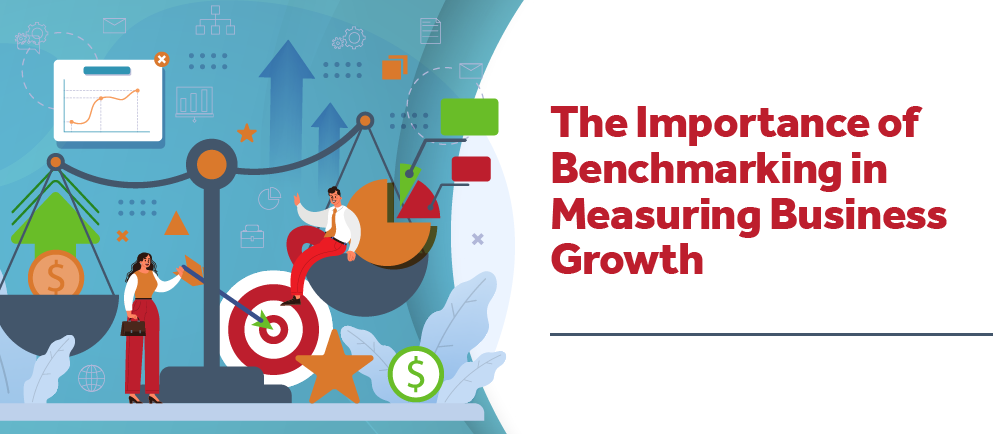

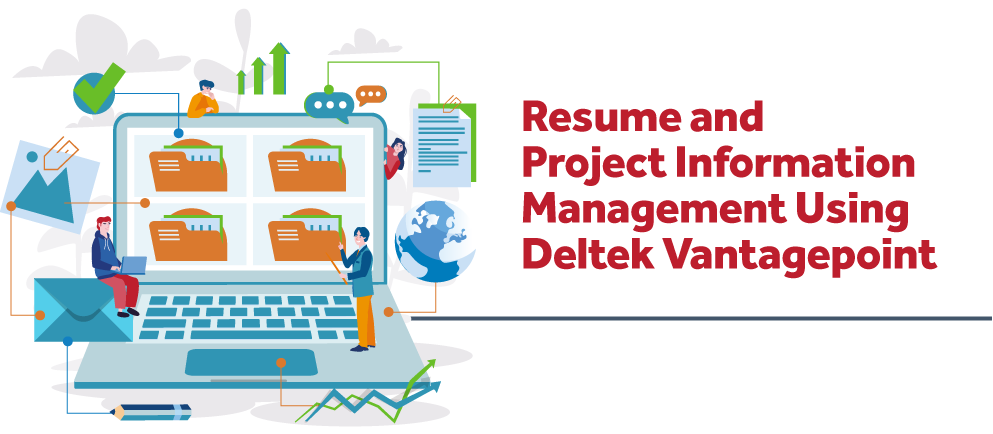

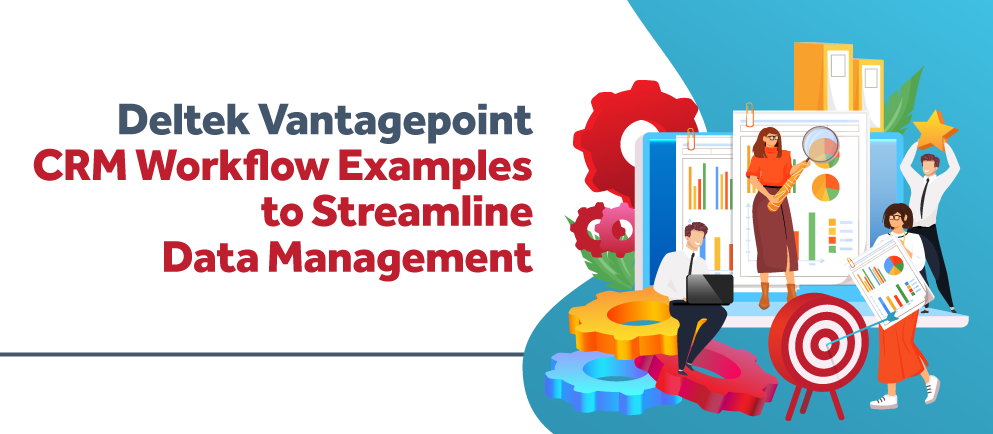

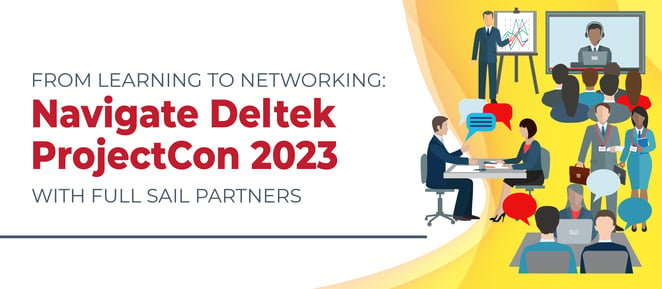

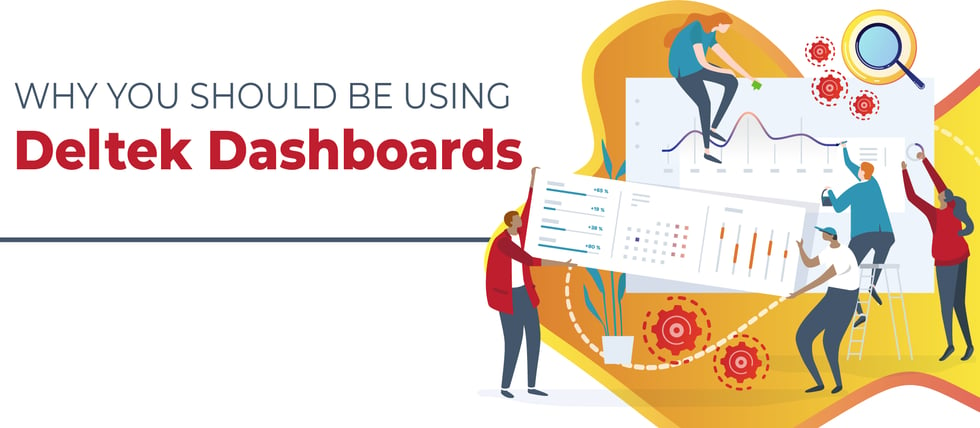 Are you making the most of your time and resources? Well, let me tell you about something that can really give you a boost—
Are you making the most of your time and resources? Well, let me tell you about something that can really give you a boost—

